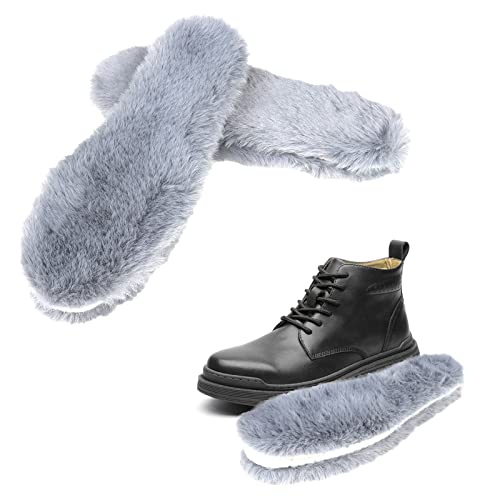chancock921
New member
Hi! First time poster here! I have a question. I have been breeding meat mutts for, well, meat for about 6 months. My first few litters so far did not hit "Excellent" growth rates according to the growth rate chart. But one of my latest litters has one buck and one doe who have. BUT here is my question. The buck, who I am tossing around keeping, is a little narrow at his base and loin as of now. Still on the fence about the doe as well, but I just don't know if I need another.
He is only 8 weeks and still has growing to do, but if he gets to 12-16 weeks and is still narrow, do I keep him and breed him to my wide does to potentially keep the growth rate and hope they pass on their width? Or do I cull him and keep the doe (she is slightly wider; I just have A LOT of does right now)? His sire is a little on the narrow side as well, but I have a few wide does that I just bred his sire to in order compare, he's making his rounds so to speak.
Basically, I guess it's simpler put, when starting out should you breed for growth rates then once those are consistent, breed for confirmation/structure? Or vice versa? I know confirmation can affect carcass weight and such.
He is only 8 weeks and still has growing to do, but if he gets to 12-16 weeks and is still narrow, do I keep him and breed him to my wide does to potentially keep the growth rate and hope they pass on their width? Or do I cull him and keep the doe (she is slightly wider; I just have A LOT of does right now)? His sire is a little on the narrow side as well, but I have a few wide does that I just bred his sire to in order compare, he's making his rounds so to speak.
Basically, I guess it's simpler put, when starting out should you breed for growth rates then once those are consistent, breed for confirmation/structure? Or vice versa? I know confirmation can affect carcass weight and such.






























